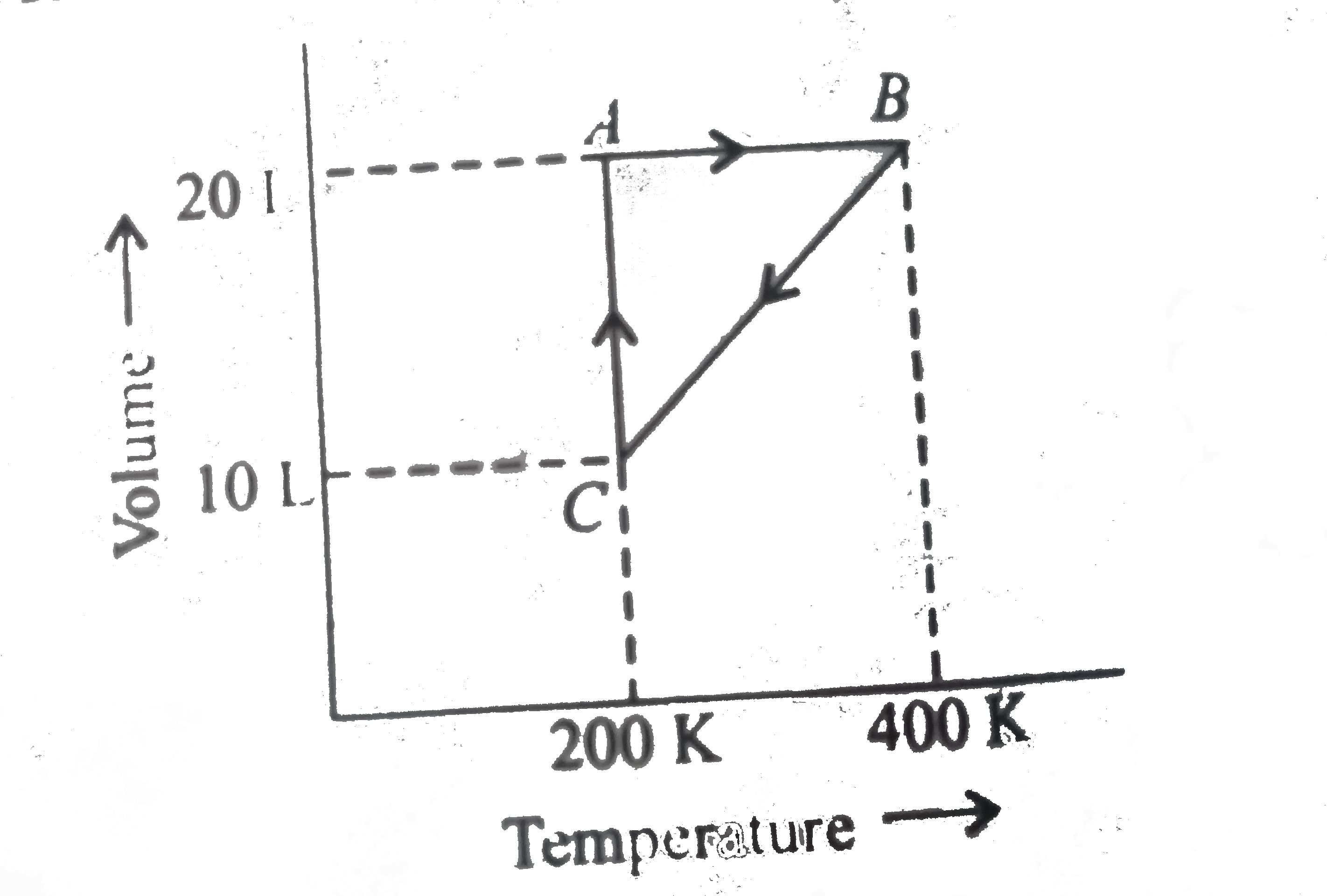if AandB are squares matrices such that A2006=OandAB=A+B,thendet(B) equals 0 b. 1 c. −1 d. none of these
0
1
−1
none of these
The correct Answer is:A
To solve the problem step by step, we will analyze the given conditions and derive the required result.
Step 1: Understand the given conditions
We have two square matrices A and B such that:
1. A2006=0 (the null matrix)
2. AB=A+B
Step 2: Determine the implications of A2006=0
Since A2006=0, this implies that the matrix A is a singular matrix. Therefore, the determinant of A must be zero:
det(A)=0
Step 3: Analyze the equation AB=A+B
Rearranging the equation AB=A+B gives us:
AB−A−B=0
This can be factored as:
A(B−I)=0
where I is the identity matrix.
Step 4: Take the determinant of both sides
Taking the determinant of both sides of the equation A(B−I)=0:
det(A(B−I))=det(0)
Since the determinant of the null matrix is 0, we have:
det(A)⋅det(B−I)=0
Step 5: Use the known value of det(A)
From Step 2, we know that det(A)=0. Therefore, we can conclude:
0⋅det(B−I)=0
This equation holds true for any value of det(B−I).
Step 6: Analyze the implications for det(B)
Since A is singular, we cannot directly conclude anything about det(B) from the previous step. However, we can analyze the equation AB=A+B further.
Step 7: Consider the case when B=I
If we assume B=I, then:
AB=A+I
This would imply:
A⋅I=A+I⟹A=A+I
which is a contradiction unless A is the null matrix.
Step 8: Conclude about det(B)
Since A is singular and A(B−I)=0 holds, it suggests that B must also be singular for the equation to hold true. Therefore, we can conclude:
det(B)=0
Final Answer
Thus, the determinant of B is:
det(B)=0
We have two square matrices A and B such that:
1. A2006=0 (the null matrix)
2. AB=A+B
Since A2006=0, this implies that the matrix A is a singular matrix. Therefore, the determinant of A must be zero:
det(A)=0
Rearranging the equation AB=A+B gives us:
AB−A−B=0
This can be factored as:
A(B−I)=0
where I is the identity matrix.
Taking the determinant of both sides of the equation A(B−I)=0:
det(A(B−I))=det(0)
Since the determinant of the null matrix is 0, we have:
det(A)⋅det(B−I)=0
From Step 2, we know that det(A)=0. Therefore, we can conclude:
0⋅det(B−I)=0
This equation holds true for any value of det(B−I).
Since A is singular, we cannot directly conclude anything about det(B) from the previous step. However, we can analyze the equation AB=A+B further.
If we assume B=I, then:
AB=A+I
This would imply:
A⋅I=A+I⟹A=A+I
which is a contradiction unless A is the null matrix.
Since A is singular and A(B−I)=0 holds, it suggests that B must also be singular for the equation to hold true. Therefore, we can conclude:
det(B)=0
Thus, the determinant of B is:
det(B)=0
Topper's Solved these Questions
- BOOK - CENGAGE ENGLISHCHAPTER - MATRICESEXERCISE - Multiple Correct Answer49videos
MATRICES
- BOOK - CENGAGE ENGLISHCHAPTER - MATRICESEXERCISE - Linked Comprehension Type27videos
MATRICES
- BOOK - CENGAGE ENGLISHCHAPTER - MATRICESEXERCISE - CAE 13.517videos
MATRICES
- BOOK - CENGAGE ENGLISHCHAPTER - MATHMETICAL REASONINGEXERCISE - Archives10videos
MATHMETICAL REASONING
- BOOK - CENGAGE ENGLISHCHAPTER - METHODS OF DIFFERENTIATIONEXERCISE - Single Correct Answer Type46videos
METHODS OF DIFFERENTIATION
Similar Questions
if AandB are squares matrices such that A2006=OandAB=A+B,then,det(B) equals a.0 b. 1 c. −1 d. none of these
View SolutionIf AandB are two square matrices such that B=−A−1BA,then(A+B)2 is equal to A2+B2 b. O c. A2+2AB+B2 d. A+B
View SolutionIf AandB are two non-singular matrices such that AB=C,then,|B| is equal to a.|C||A| b. |A||C| c. |C| d. none of these
View SolutionIf AandB are two square matrices such that B=−A−1BA,then(A+B)2 is equal to a.A2+B2 b. O c. A2+2AB+B2 d. A+B
View Solution
The pressures at A and B in the atmosphere are, respectively,View SolutionIf A,B and C be the three square matrices such that A=B+C then det A is necessarily equal to (A) detB (B) det C (C) detB+detC (D) none of these
View SolutionA and B are square matrices such that det. (A)=1,BBT=I, det (B)>0, and A( adj. A + adj. B)=B.
The value of det (A+B) isView SolutionIf A and B are square matrices of order 3 such that AAT=3B and 2AB−1=3A−1B, then the value of |B|216 is equal to
View SolutionIf AandB are two sets such that n(A)=150,n(B)=250andn(A∪B)=300. Find n(A−B)andn(B−A).
View SolutionLet A and B are two square matrices of order 3 such that det. (A)=3 and det. (B)=2, then the value of det. ((adj. (B−1A−1))−1) is equal to _______ .
View Solution

